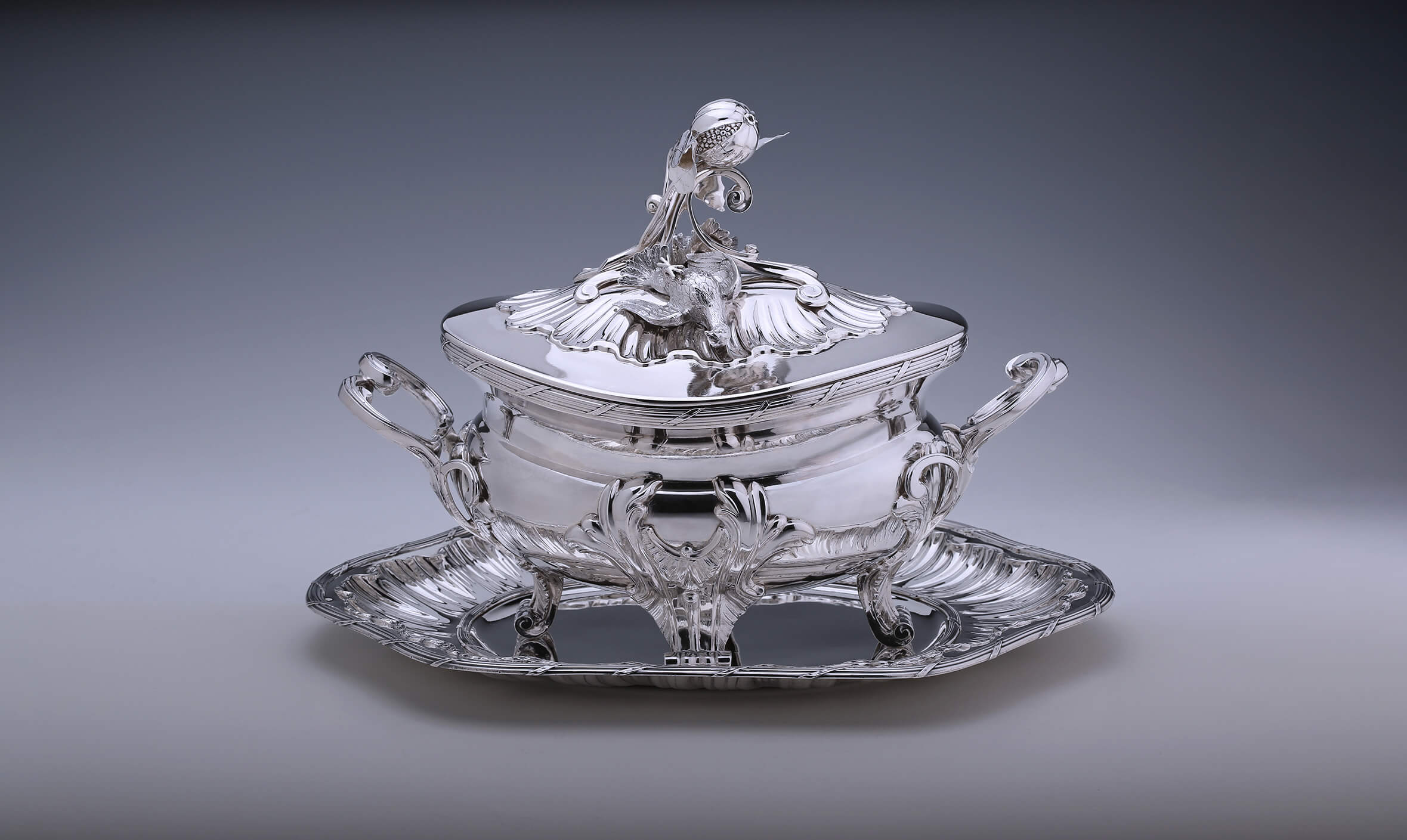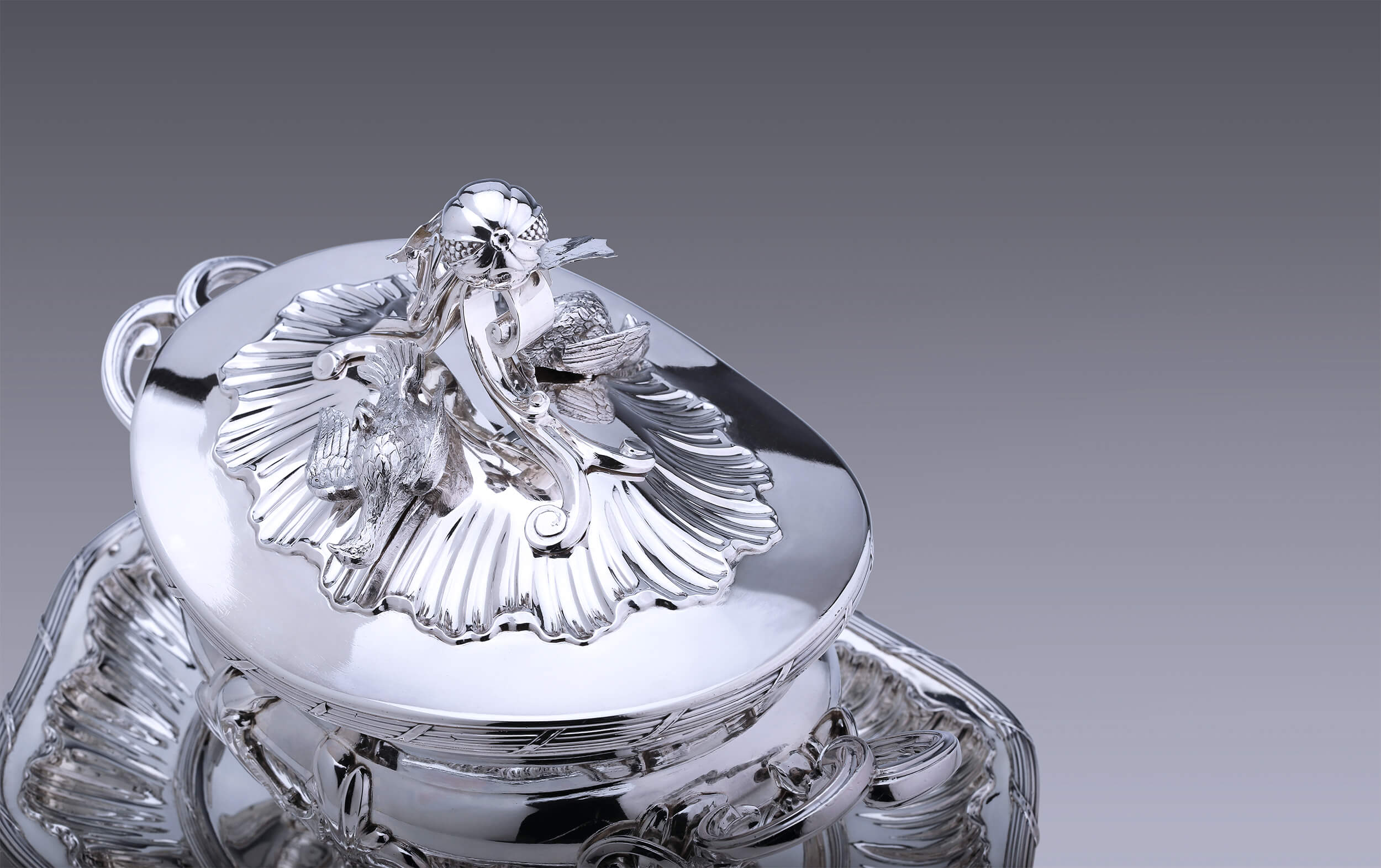This sumptuously decorated tureen and stand, made by Valentijn Caspar Bömcke in 1767 in Amsterdam, is one of the most exuberant examples of the Rococo style in the Netherlands. It is so lavishly designed that it would not have been out of place in Paris, where the style was applied in the most extravagant way.
The Bömcke Tureen
The basic shape of this tureen and its accompanying stand is very understated and thus typically Dutch. The rococo style is lavishly used in the pronounced wide rocaille edge of the stand and the cover. The style also recurs very powerfully in the prominent cast feet, the handles and the ornament with pomegranate and birds on the cover. By Dutch standards their execution was very pronounced and highly detailed. The birds’ plumage is worked out with great precision to create a lifelike effect.
Fashion and Trends Abroad
The use of cast ornaments in the shape of animals in this format is exceptional in Dutch silver. Silversmiths in The Hague and Amsterdam were well aware of the latest fashion and trends abroad, often thanks to design drawings that did the rounds. Valentijn Caspar Bömcke too was obviously very interested in the designs his fellow silversmiths in England and France were making. This can be seen in a series of finely executed cutlery by him designed wholly according to the English model. In designing this tureen, Bömcke had very clearly been inspired by the work of a French colleague, the French court silversmith Thomas Germain and his son François Thomas.
Germain
Thomas Germain was, with his contemporary Juste-Aurele Meissonnier, the most important Paris silversmith in the Rococo period. Germain was known first and foremost for his large plants and animals cast in silver, which he placed as ornaments on his pieces. He was consequently regarded as much as a sculptor as a silversmith. Germain’s success at the French court did not go unnoticed. In 1720 he was appointed orfèvre du Roi (silversmith to the king) and soon received numerous commissions for other courts, including those of Russia, Portugal and Denmark. Thus his characteristic style spread throughout Europe. After his death in 1748, his workshop was continued by his son François Thomas Germain who, following in his father’s footsteps was appointed sculpteur orfèvre du Roi by Louis XV.
Ultimate Dutch Translation
No Dutch silversmith other than Bömke has so closely mirrored Germain's style. The pomegranate and the birds on the cover of this tureen are designed entirely from life, as the Germains, father and son, did. The shape of the feet and the rocaille curves on the stand and the cover of this tureen are derived directly from the tureens the Germains made. This is clear from the 1733 tureen that Thomas Germain made as part of the Penthièvre-Orléans service, which is now in the collection of the Detroit Institute of Arts, and the example his son made in 1756, now in the Museum Nacional de Arte Antiga in Lisbon. Bömcke used these ornaments on an otherwise understated plain basic form with which he created the ultimate Dutch translation of French Rococo.
Tureen
The word tureen, or terrine, derives from the French terre, earth; a tureen was originally made of earthenware. The most luxurious examples were made of silver and only available to the upper classes. Tureens were the largest element of the silver dinner service that was seen as an essential part of the requisite paraphernalia. It was with good reason that rulers impressed their subjects with their silver service when they dined. It demonstrated just how rich and powerful they were. The Republic’s envoys believed that they could not show themselves abroad with dignity unless they had a silver service. In England it was customary for a silver service, or elements of it, to be made available to ambassadors by the ‘Jewel House’, the English monarch’s treasury, when they set out on their mission.
Only Three By Bömcke
A large tureen is recorded in an order in The Hague in 1749 , Amsterdam followed a little later. It would seem likely that a considerable number of silver tureens would have been made in the Netherlands in the eighteenth century. However, the number of large examples like this one is now very small. Only six Amsterdam tureens in the Rococo style are known, two of them considerably smaller than this one. All these pieces are now in museum collections. Remarkably, they were all made between 1764 and 1767. To date we know of three tureens by Bömcke. Three years before he made this one, he made a larger variant, which like this example has cast animals and fruit as ornaments on the cover. That example, made in 1764, is part of the Gilbert Collection in the Victoria and Albert Museum in London. In 2001 the two tureens were displayed side by side during the exhibition Rococo in Nederland in the Rijksmuseum.
Bömcke
Valentijn Caspar Bömcke, the son of Diederich Wilhelm Bömcke and Anna Catharina Balthasar, was born in Dortmund in 1728. We do not know when Valentijn moved to Amsterdam, where he married Christina Machtelt Halfman van Schermbeek op 22 April 1757. The couple lived in Noorderstraat. In the same year he was made a burgher and it was probably later that year or shortly afterwards, that he was registered as a silversmith in Amsterdam. Christina died in 1772 and a year later Valentijn married for the second time. His second wife was Anna Geertruy Regenhertz, who like him originally came from Dortmund. Valentijn was then living on Nieuwmarkt. Anna Geertruy died six years later, in 1779. Valentijn himself died in 1782, when he was living in Lange Leidsedwarsstraat. An inventory drawn after his death states that he had been working for the past two years for the Peirolet brothers, who had a silver and jewellery shop in Amsterdam.
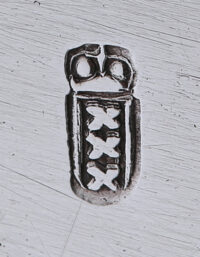
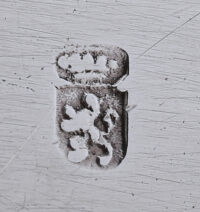
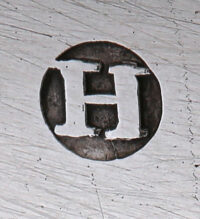
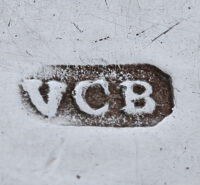
This site is protected by reCAPTCHA and the Google Privacy Policy and Terms of Service apply.
